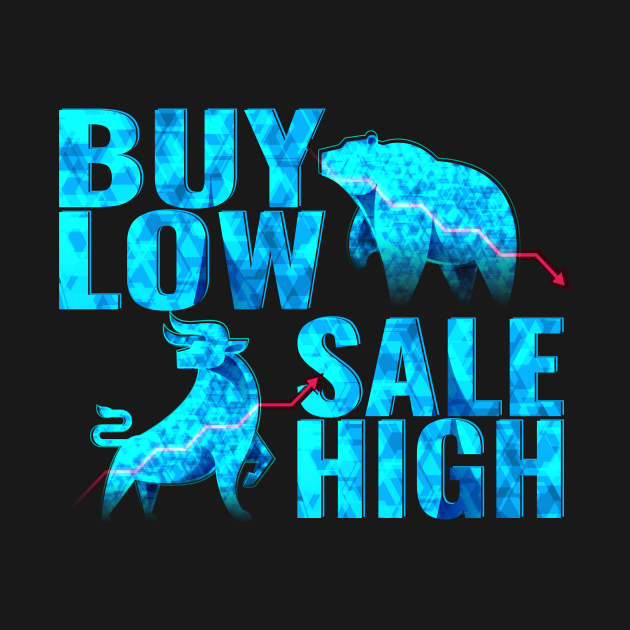

Therefore, the first lesson is to remain calm if and when the market crashes. First, the final decline happens while investors succumb to panic and when many of them sell around the very bottom – the worst possible point. From there, cautious buyers pay even higher prices, and a virtuous cycle takes hold – all based on the extreme realized losses and the lower cost basis of the newest positions. Additional buyers, finding few offers at the lower prices, start bidding the market up. That’s when the nimble few start buying at the bottom, establishing a very low cost basis. When that happens, prices fall rapidly, the market crashes and the last to sell end up locking in the worst losses. A market that goes nowhere prolongs uncertainty and provides fertile ground for an external event to spark a wave of selling. Why would a crash give way to a rally? It sounds counterintuitive, but here is a plausible explanation: As long as investors have unrealized losses (as they do now), they don’t want to add to losing positions, so buying dries up.

The bull markets that followed lasted years. Likewise, after the 49% decline of October 2002 the index was 19% higher by November. The 57% decline of March 2009, for example, lasted a couple of days, and two weeks later the S&P 500 was 24% higher. The troughs were also the points where new bull markets started. The extreme sell-offs of the past were short-lived, so it makes sense to expect that the next one (when and if it happens) will be short-lived as well. levels, but others took the S&P 500 much lower still. Gordon unloaded his 50 shares of Beyond on Wednesday afternoon.The stock market is entering a final phase of a bear market. I like trading the stock, but I won't get back in until we get back above $150 in a momentum environment."īeyond closed Thursday just below $137 a share. "It can't seem to get through the $144 mark. Again, a very, very overvalued stock that is losing its strong technical position," Gordon said, pointing to its rangebound trading in recent weeks. "The other one that I want to get rid of is Beyond Meat. Gordon is unloading his entire position - 15 shares - of Zoom.

Gordon added that the stock's recent pullback pushed it below its 50-day moving average, and he sees the possibility of it retesting its 200-day at $303. Zoom Communications trades at 127 times next year's earnings, well above the 48 times multiple for the IGV software ETF. From a fundamental point of view, it's really overvalued." I don't like the way the stock is trading here from a technical point of view. "The first one that I want to cut, unbelievably, is Zoom Communications. "Two stocks that you might find surprising are going to be kicked out ," Gordon, founder of, told CNBC's " Trading Nation" on Wednesday.


 0 kommentar(er)
0 kommentar(er)
